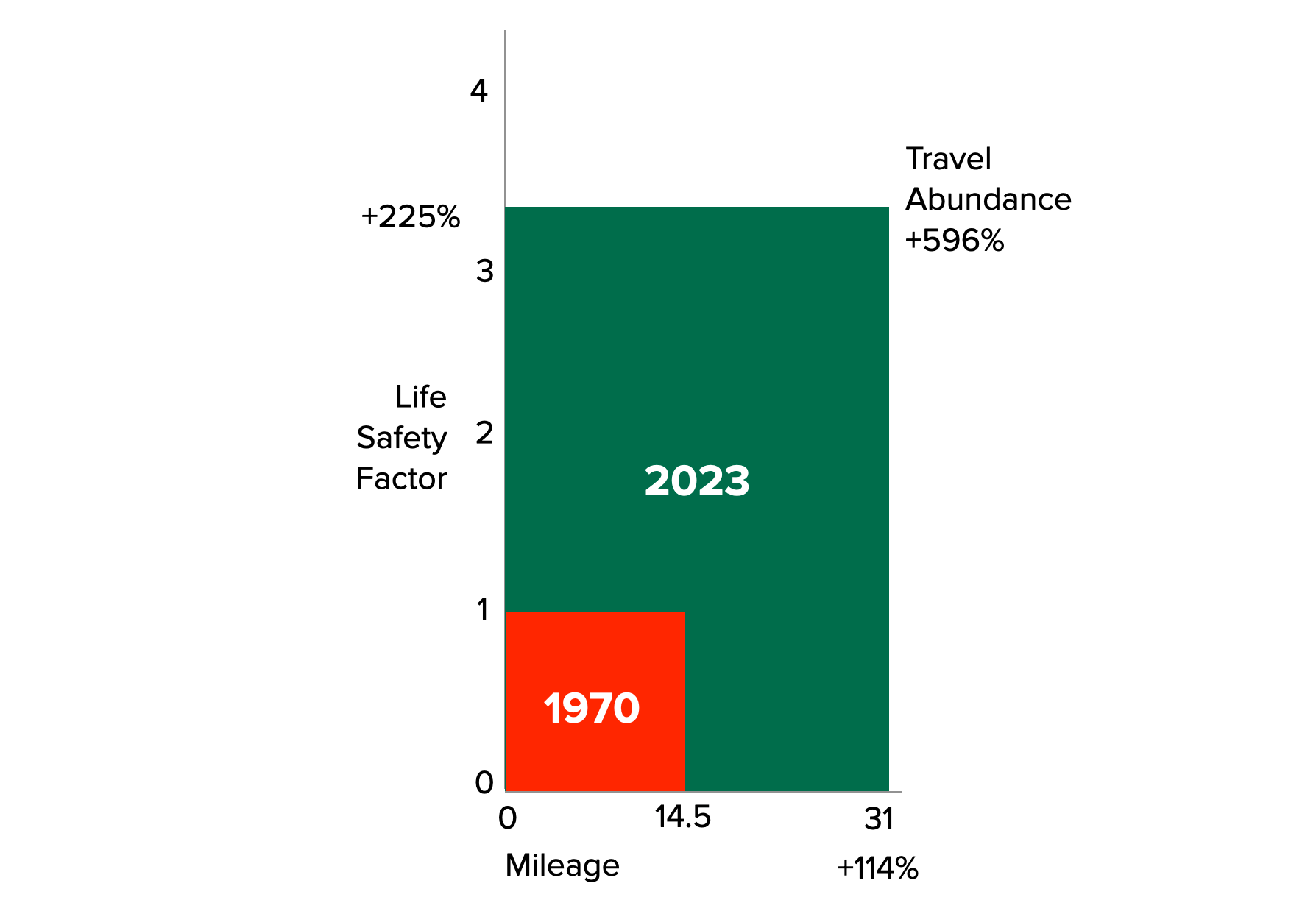This week, viewers will get another chance to submerge themselves in the dystopian future created by Margaret Atwood. The Handmaid’s Tale, based on the novel about the government forcing women to bear children to counter a declining population, resonated with audiences across the world.
However, the reverse Handmaid’s Tale — the idea of coercing people to have fewer children — ought to generate just as much outrage. Particularly when that coercion is justified by baseless fears.
Stanford University biologist Paul Ehrlich plays on those fears. His apocalyptic warnings, which started almost 50 years ago, persist despite decades of evidence proving them wrong. Just recently, Ehrlich said the collapse of civilization is a “near certainty” within decades.
“Most of the people who are going to die in the greatest cataclysm in the history of man have already been born,” he warned in 1969.
Then he said, “Sometime in the next 15 years, the end will come. And by ‘the end’ I mean an utter breakdown of the capacity of the planet to support humanity.”
Unfortunately, many people still believe him.
His 1968 best-seller The Population Bomb incited global panic with claims that out-of-control population growth would deplete resources, bringing about widespread starvation. Ehrlich’s jeremiad led to human rights abuses around the world, including millions of forced sterilizations in Mexico, Bolivia, Peru, Indonesia, Bangladesh and India — as well as China’s draconian “one child” policy. In 1975, officials sterilized 8 million men and women in India alone. The sheer scale of this authoritarian nightmare is difficult to imagine.
To put that in perspective, Hitler’s Germany forcibly sterilized 300,000 to 400,000 people. In other words, Ehrlich’s unfounded fears have motivated far more forced sterilizations than even the Nazi ideology did.
Such abuses aren’t confined to past decades: In 2016, India’s Supreme Court found that “unrealistic targets have been set for sterilization procedures with the result that non-consensual and forced sterilizations are taking place.” And even today, China limits couples to having no more than two children.
Back at home, many prominent American environmentalists — from Johns Hopkins University bioethicist Travis Rieder to entertainer Bill Nye “The Science Guy” — support tax penalties or other state-imposed punishments for having “too many” children.
Bowdoin College’s Sarah Conly published a book in 2016 through the Oxford University Press advocating a “one-child” policy, claiming it is “morally permissible” for the government to limit family sizes through force.
Their views are chilling.
Coercing people to have fewer children amounts to pointless suffering. While China’s fertility rate fell under the “one-child” policy, fertility rates fell just as swiftly in neighboring countries without despotic anti-child laws. It is now well-documented that as countries grow richer, and people escape poverty, they opt for smaller families — a phenomenon called the fertility transition.
It is almost unheard of for a country to maintain a high fertility rate after it passes about $5,000 in per-person annual income.
Many people, like tycoon Elon Musk, now worry that the world will produce too few, rather than too many, children — echoing the situation in the dystopian Gilead. Demographers, indeed, estimate the population will decrease in the long run, after peaking around the year 2070.
The evidence isn’t on the overpopulation alarmists’ side. The doomsayers don’t take into account the fertility transition. More important, they fail to understand that more people can mean more prosperity.
As economist Julian Simon noted, “Whatever the rate of population growth is, historically it has been that the food supply increases at least as fast, if not faster.”
Since Ehrlich began preaching about overpopulation-induced Armageddon, the number of people on the planet has more than doubled. Yet yearly, famine deaths have declined by millions.
Recent famines are caused by war, not exhaustion of natural resources. As production increased, prices fell, and calorie consumption rose. Hunger is in retreat. Human ingenuity proved to be the “ultimate resource,” as Simon put it.
Tyrannical population-control measures are not only repugnant but also senseless. So while you’re watching season 2, keep in mind that the reverse of The Handmaid’s Tale is just as horrifying — and it has supporters trying to make it a reality.
This first appeared in USA Today.





